- Only 4,500 to 10,000 snow leopards roam Asia's mountain ranges
- They're threatened by loss of prey, poaching and climate change
- Conservation must consider the cultural, religious and political diversity of the big cat's realm
Tom McCarthy is the executive director of the Snow Leopard Program at Panthera, the global wild cat conservation organization. The views expressed here are solely his.
(CNN)Barren, wind-swept rock is all I can see through the telescope. But
my Ladahki associate assures me that "shan is there," and I trust him
since he is one of the best wildlife spotters in all of the Himalayas.
At
last, on a ridgeline a mile distant, the snow leopard (shan in Ladahki)
slowly lifts its head, yawns, shifts slightly to find a more
comfortable position on the exposed boulder, and lays back down.
Even
at this distance I see the cat's thick fur being tousled by the biting
wind on the mountain ridge 17,000 feet (5,000 meters) up.
Superbly
adapted to life in the highest, coldest and most rugged mountains on
the planet, the snow leopard seems content to continue its midday nap.
Less well adapted, I retreat to the village below our vantage point.
A portrait of a snow leopard at an
unknown location. Only 4,500 to 10,000 of the elusive cats roam roughly
800,000 square miles of precipitous terrain from southern Siberia in the
north to India in the south, and east to west from Uzbekistan to
Yunnan, China.
Seeing
a wild snow leopard is rare due to their inaccessible habitat, how few
exist and how sparsely they occur across their vast range.
Known
as the "ghost of the mountains," snow leopards inhabit the major ranges
of Asia, including the Altai, Tian Shan, Kunlun, Pamirs, Karakoram,
Hindu Kush and Himalayas.
Only 4,500
to 10,000 of the elusive cats roam roughly 800,000 square miles of
precipitous terrain from southern Siberia in the north to India in the
south, and east to west from Uzbekistan to Yunnan, China.
This
may explain why the sleepy snow leopard in Ladakh, India was only the
seventeenth I have seen in over two decades of studying and working to
conserve the species.
Remote but not isolated
While
I am extremely fortunate to have seen even one of these magnificent
beasts in their natural surroundings, the many humans, mostly
pastoralists, who share Asia's high peaks with snow leopards are
somewhat less enamored with the stealthy predator.
Snow leopard prints in the snow. Tibetan Plateau.
Snow leopards subsist on wild mountain-dwelling hoofed animals such as ibex, bharal and markhor.
Domestic
sheep and goats whose predator avoidance skills have been mostly lost,
provide livelihoods for humans in the dry cold region where other forms
of agriculture yield minimal returns.
Snow leopard habitat is often labeled as "remote" but that's a relative term. It
is not "remote" to the large human population that pushes ever deeper
into central Asia's high valleys seeking grazing land for their herds.
There
are few snow leopards who don't interact with humans and their
livestock at some point. Thus, the elements of conflict are all present
and many snow leopards are killed in retaliation for preying on
livestock.
Blame cannot be laid at
either's feet -- snow leopards apply a highly evolved skill to gain a
meal and a poor shepherd defends his flock to feed his own family.
A path to coexistence has long been sought by snow leopard conservationists.
Corrals, vaccinations, monks
Actually there is not one path to coexistence, but many. Conservation
solutions are as diverse as the region itself and must consider the
cultural, religious and political diversity of the big cat's realm.
Snow
leopards inhabit monarchies, republics and communist states where
Buddhism, Islam, Hinduism, Taoism and Christianity are practiced. No
fewer than 20 names exist for snow leopards in local languages. From a
conservation solution standpoint, one size does not fit all.
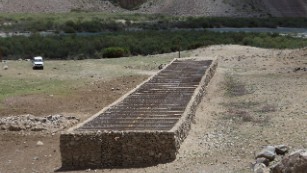 This is why Panthera,
the global wild cat conservation organization that I work for, tailors
snow leopard conservation projects by site with emphasis on the needs
and desires of local people.
This is why Panthera,
the global wild cat conservation organization that I work for, tailors
snow leopard conservation projects by site with emphasis on the needs
and desires of local people.
National
laws, international treaties and protected areas all play a role in
saving endangered species such as snow leopards, but lacking
participation of the people who live with the cats, true conservation
success would be elusive.
Social science as much as biology guides snow leopard conservation today and yields remedies equitable to people and cats. When
herders in Pakistan explained they lost more livestock to disease than
to predators, offering a vaccination program in exchange for tolerance
of a few losses to snow leopards was an obvious, and quite successful
solution.
In Ladakh, India and the
Pamirs of Tajikistan, the root cause of conflict is removed by helping
herders build predator-proof corrals. Where corrals are not feasible, community-managed livestock insurance programs lessen the financial impact of predation.
On
the Tibetan Plateau of China, Buddhist monks help monitor snow leopard
numbers with automated cameras and use the images to encourage their
followers to protect the cats. It is
moving to see 10,000 people at a Buddhist festival pledge to protect
snow leopards for the rest of their lives. These are but a few of the many examples of how people who once feared snow leopards have become their stewards.
Is the snow leopard now safe?
Closer,
but loss of native prey, poaching for hides and bones (valued in
traditional Asian medicine), and the potentially serious impacts of
climate change on their fragile high-elevation habitat still mean an
uncertain future for snow leopards.
We must fight on.
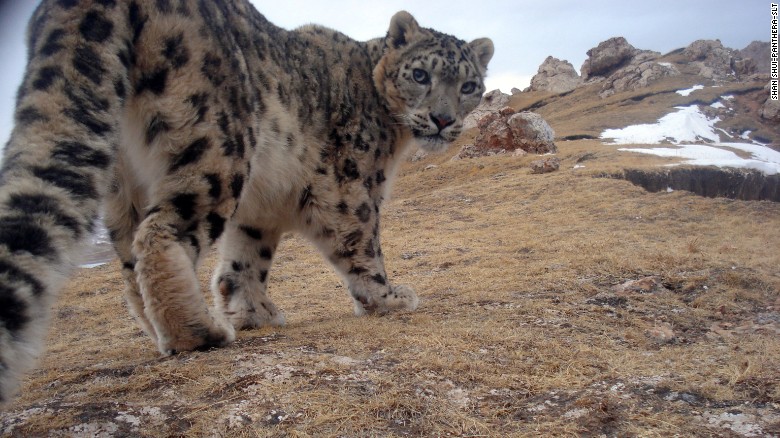
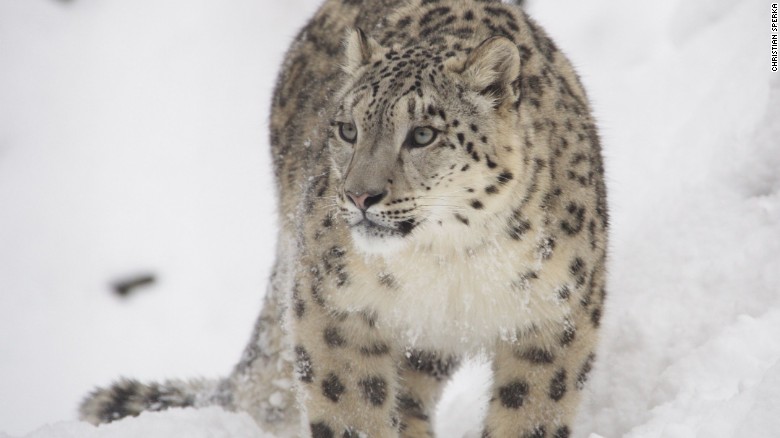
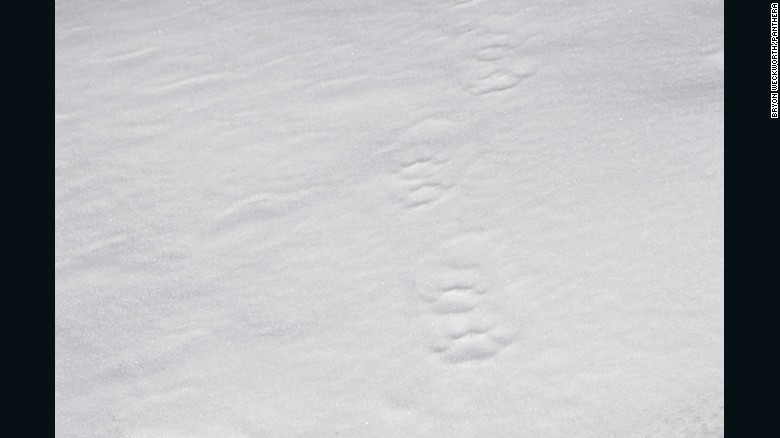

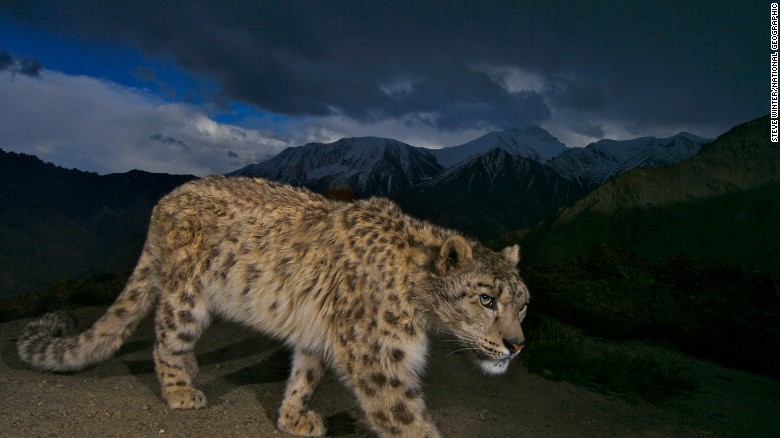

No comments:
Post a Comment